How education was culturally displaced
British foray into subcontinent’s system of instruction radically altered the way ‘literacy’ was acquired.
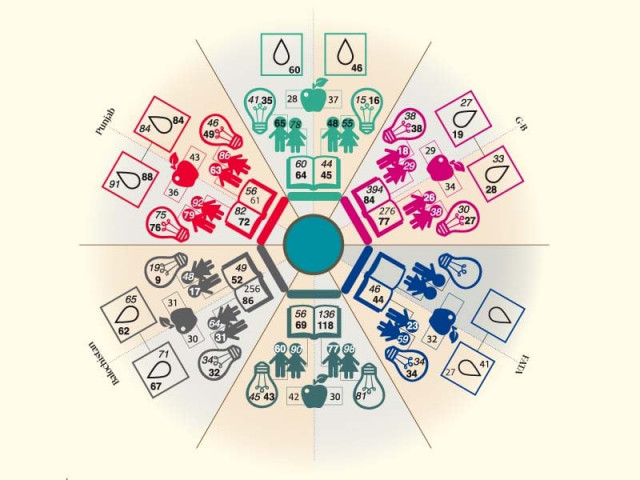
How education was culturally displaced
We are a nation of Thomas Macaulay’s ‘brown sahibs’.
In a time when our ruling procedures are dictated by his penal code, Macaulay’s other superb contribution to history; his famous ‘minute for education’ has prophesised the fate of this part of the land.
The dismal state of education in Pakistan cannot be taken for granted. One needs to constantly question its present state and compare it to the way it was.
The answer, however, is buried in two hundred years of history.
Two centuries ago, the education system stood uncorrupted from alien invasion. It was not imparted in an architecturally or schematically constraining way — not in a ‘school’ in the modern or colonial sense of the term.
At a school back then the student was bound by a filial tie to his teacher. It is the teacher, guru or ustaad, who will decide what is best for his student, shishya, or talib.
Indigenous learning also took place in maktabs. These were places of instruction in Persian reading, writing and arithmetic. There were pathshalas or ‘places of reading’, spread all across the region. Here students were taught to read and write the Sanskrit and Gurmukhi script and to recite religious texts. According to British India’s famous educationist GW Leitner, these places of instruction could have been incorporated in the national education system, but they were completely suppressed for imparting ‘backward knowledge’.
Problems for indigenous education arose with the influx of the British. They superimposed the criteria for being literate. In the first census, they defined literate as ‘being able to read or write a character’. This put heavy constraints onto indigenous education. The authorities failed to define the script or language. Thus, the definition excluded various forms of dialects that were spoken throughout the region.
Furthermore, the census understated the level of indigenous ‘literacy’. It failed to account for pedagogy in the form of oral instruction which was most common among female students. For example, those who were taught orally, upon hearing a word could understand the meaning but were unable to write it. The British denounced them as ‘illiterate’.
According to Dr Mehtab Karim – a leading demographer of Pakistan – remnants of this cultural displacement still exist in Pakistan. Now we have three kinds of schools: the English-medium schools - meant for children of the ruling elite, the Urdu-medium government schools – for those under-resourced parents who want their children to get education and the “indigenous” Madrassa system – for those who want their children to get religious education. “The provincial government should manoeuvre its efforts into bringing the three-tier system at par with one another,” Dr Karim says.
It’s far too late for indigenous education to be reinstalled in Pakistan. Teachers should be trained to cater to the needs of the entire population. An education system that relies less on foreign elements and is solely rooted in the cultural landscape of the country ought to be put in place.
This might reduce the number of ‘brown sahibs’ being produced in the country and an education system that suits the cultural fluidity of the nation it’s placed in.
Published in The Express Tribune, July 24th, 2012.


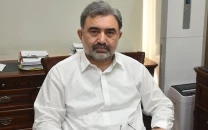
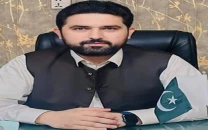
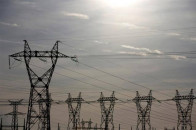
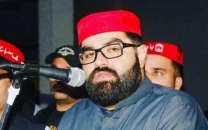













COMMENTS
Comments are moderated and generally will be posted if they are on-topic and not abusive.
For more information, please see our Comments FAQ